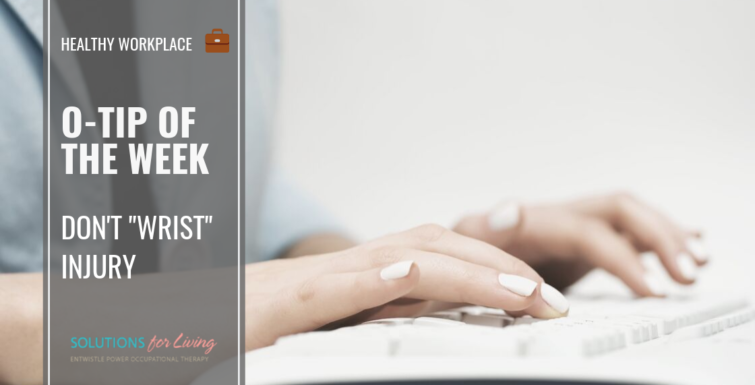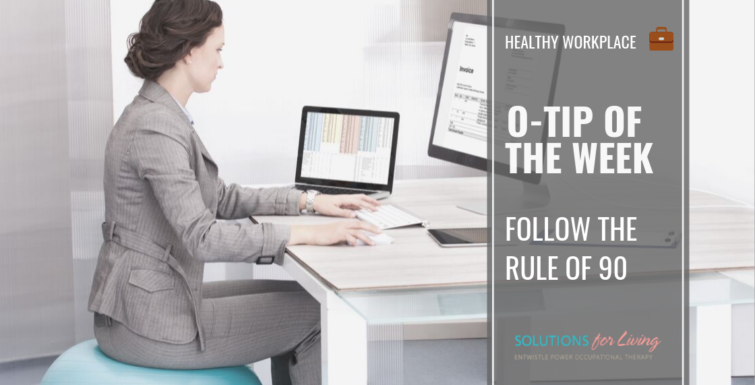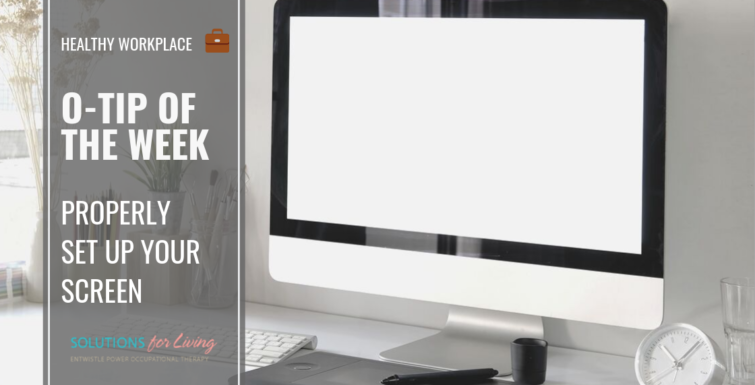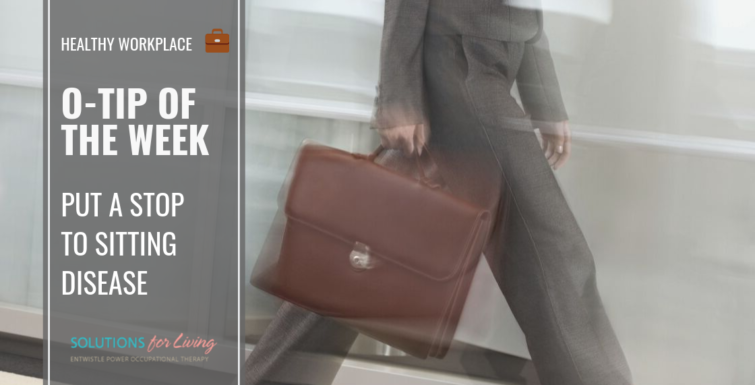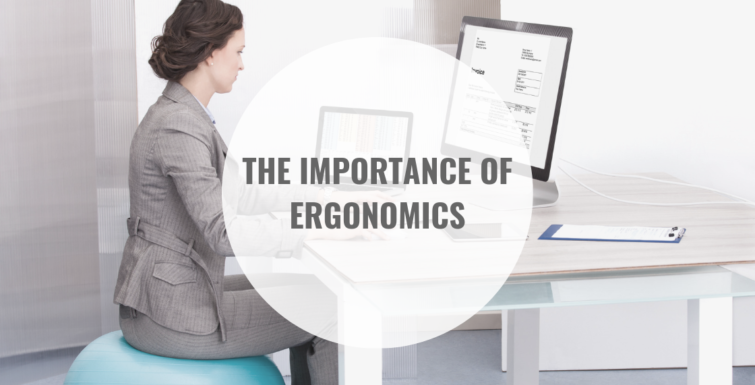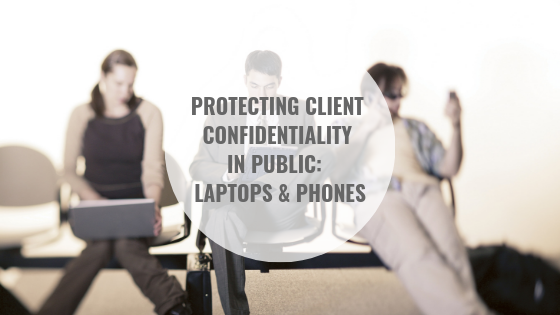Julie Entwistle, C.Dir. (c), MBA, BHSc (OT), BSc (Health / Gerontology)
It is no secret that obesity is on the rise across North America. In fact, a 2014 study shows that obesity now accounts for 8.6% of youth and 25% of the adult population. (Després, Alméras, & Gauvin, 2014) The leading causes of this “obesity epidemic” are sedentary lifestyles, lack of physical activity and poor nutritional choices.
With the stressful lives being led by our generation, taking time to prepare and bring healthy lunches and snacks to work is difficult. Yet, without a healthy snack or lunch, the tendency is to purchase food that is not healthy, or to under-eat which, believe it or not, can also cause obesity as our body works to “hold onto” every calorie in fear of starvation.
Employers may ask “why do I care if my team is eating unhealthy”, but the answer is obvious: a healthy workforce is a productive workforce and workplace absences for health-related problems (including obesity, heart disease, diabetes etc) are hugely disruptive.
Here are a few suggestions that can be implemented in the workplace to help improve the health of your staff and organization:
- Schedule Regular Healthy Pot-Luck Lunches — choose a day of the week and have each person bring in a healthy lunch item for a team-building activity.
- Bring a Colleague a Lunch — people are more likely to prepare healthy meals for others than for themselves, so capitalize on this and arrange for “bring a colleague a lunch week” and see the efforts people will go to in order to promote the health of a colleague.
- Recipe of the Week — each week choose a member of the team to share make their favourite healthy meal or snack and bring it in to share with the team. Have them send each member a recipe via email for them to make on their own.
- Education Opportunities — bring in a nutritionist, dietician or health coach to speak to the team about how to create healthy meals and snacks to help fuel their day at work.
- Brown Bag Week — encourage the team to have a “brown bag” week. Eating out can lead to unhealthy choices and lack of portion control. Bringing your own lunch can help to ensure you are getting the nutrients you need and fueling productivity the entire day.
- Russian Lunch Roulette — like secret Santa, have everyone bring a balanced lunch and randomly select who gets what lunch. It always tastes better to consume something made by someone else, so people should enjoy the surprise lunch they end up with. Of course, plan ahead for any allergies/food requests and ask people to put sauces/condiments on the side to be added only if desired.
In the end, lead by example. Employers have the ability to create opportunities that can help their workforce to engage in healthy habits. Use the strength of your organizational alliance to bring people together to help them achieve healthy goals. Everyone will benefit, including the organization.
Previously posted August 2015


